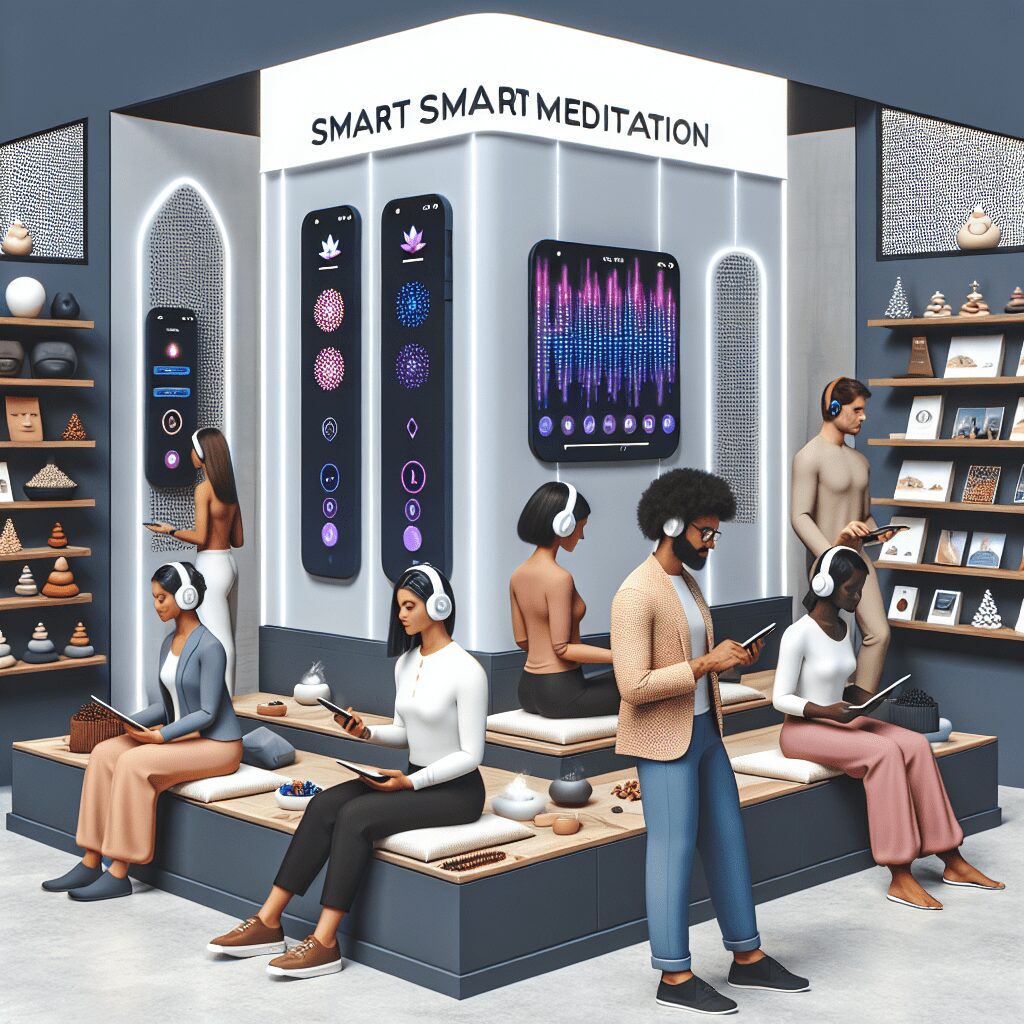
Prioritize your mental well-being daily. Enhance your life by nurturing your mental health with the Smart Meditation app. Break free from stress, alleviate anxiety, and enhance your sleep quality starting today.
What Is The Worst Antidepressant?
Unveiling the Truth Behind Antidepressants
In the labyrinth of mental health treatments, antidepressants emerge as a beacon of hope for millions wrestling with depression. Yet, amidst their lifeline status, a pressing question casts a shadow: What’s the worst antidepressant on the market? It’s akin to asking which shoe pinches the most—it varies wildly from person to person. However, let’s tread carefully through the thicket of information, unraveling nuances and illuminating the less favored options, without forgetting that one man’s meat can be another’s poison.
The Great Antidepressant Debate
Diving headfirst into the pharmaceutical sea, it’s pivotal to grasp that antidepressants are a diverse bunch. From SSRIs (Selective Serotonin Reuptake Inhibitors) to MAOIs (Monoamine Oxidase Inhibitors), each class carries its own set of potential side effects and efficacy rates. Here’s where things get a tad murky. Some might say, “Hold your horses! Isn’t there a clear misfit?” Well, it’s complicated.
The Notorious Ones: A Glimpse
-
Paroxetine (Paxil) – Often spotlighted for its withdrawal difficulties and weight gain woes, Paroxetine, a member of the SSRI family, sometimes gets the side-eye from both patients and clinicians. Yet, for some, it’s a godsend.
-
Amitriptyline – Hailing from the tricyclic antidepressants’ domain, Amitriptyline could take the cake for undesirability due to its sedative effects and potential for weight gain. But again, for sleep-disturbed depressives, it’s nothing short of a nightly blessing.
-
Phenelzine (Nardil) – A veteran MAOI, Phenelzine comes with a laundry list of dietary restrictions and possible hypertensive crises. Though it’s like walking a tightrope, for those with treatment-resistant depression, it’s a bridge over troubled waters.
Now, before you jump the gun, remember: What’s deemed the “worst” in the pharmaceutical realm is deeply subjective, swayed by personal health histories, side effect sensitivities, and the magical (or menacing) interplay with one’s biochemistry.
Beyond the Pill Bottle: A Holistic Perspective
Real talk? Zeroing in on the “worst” antidepressant is a bit like trying to nail jello to a wall—messy and near impossible. The focus, instead, should shimmy towards personalized care. With mental health, one size fits none. It’s all about fine-tuning, a little trial and error, and heaps of patience. Here, the role of a competent and compassionate healthcare provider turns golden, guiding you through the pharmaceutical maze towards a treatment plan that fits like a glove.
Furthermore, let’s not forget the power players outside the pill bottle: Psychotherapy – Talk therapy can be incredibly potent, often working hand in hand with medication or flying solo. Lifestyle Adjustments – Never underestimate the mood-boosting might of exercise, diet tweaks, and proper Zzzs. Support Systems – A hearty chat with friends, family, or support groups can add layers of uplifting perspective.
Wrapping It Up With a Bow
So, what’s the worst antidepressant? The one that doesn’t jive well with you. In the grand scheme, it’s less about the “worst” and more about the “fit.” With a sprinkle of patience, a dash of expert guidance, and a dollop of self-awareness, the journey towards mental wellness, though peppered with trials, can lead to a destination of hope and healing. Remember, when it comes to mental health, you’re not just a passenger; you’re in the driver’s seat, and with the right team and tools, you can navigate your way to brighter days.




